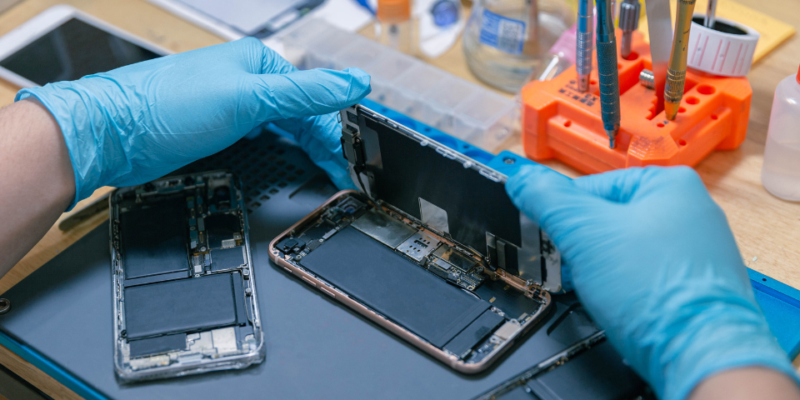A recent report from Trojan Electronics highlights how restrictive manufacturer practices—such as limiting access to spare parts and restricting repairs to authorized service providers—are making electronic repairs costly and impractical for many consumers.
The issue is particularly pronounced in the smartphone industry, where expensive repairs and limited part availability often push consumers toward purchasing new devices instead of fixing their existing ones. The study found that 27% of consumers reported their broken electronic items were simply not repairable, underscoring the urgent need for industry-wide reforms.
Despite these obstacles, consumer interest in repairable products remains strong. The report found that 14% of consumers consistently seek repairs for their devices due to environmental concerns. Additionally, an overwhelming 89% of respondents believe that manufacturers should be obligated to allow third-party businesses to repair and refurbish electronic products, rather than restricting services to brand-approved repair centers.
James Rigg, CEO of Trojan Electronics, emphasized the significance of these findings: “This research exposes a critical challenge in the electronics industry. Many consumers want to repair their devices, yet high costs and a lack of accessible repair options leave them with no choice but to dispose of perfectly functional products—exacerbating the UK’s growing e-waste crisis. If manufacturers are serious about sustainability, they must prioritize affordable and accessible repair solutions.”
Rigg also stressed the importance of collaboration across the industry:
“For the circular economy to thrive, all stakeholders must contribute. Consumers are clearly open to change, but they need stronger support from manufacturers, retailers, and policymakers to make long-lasting, repairable electronics the standard rather than the exception. Expanding access to spare parts and increasing repair options could drastically cut down on e-waste, extending product lifespans while benefiting both consumers and the environment.”
Electronic waste, or e-waste, is the fastest-growing solid waste stream worldwide, driven by rapid consumption, shorter product lifecycles, and limited repairability. The report’s findings provide valuable insights into how the industry can transition toward more sustainable practices.
Consumers are eager to embrace circular economy initiatives, but systemic changes are necessary to eliminate the financial and logistical barriers that currently hinder widespread repair adoption. By making repair services more accessible, manufacturers and policymakers can help create a more sustainable electronics industry—one where products are designed to last rather than be replaced.


 Europe
Europe








